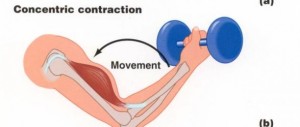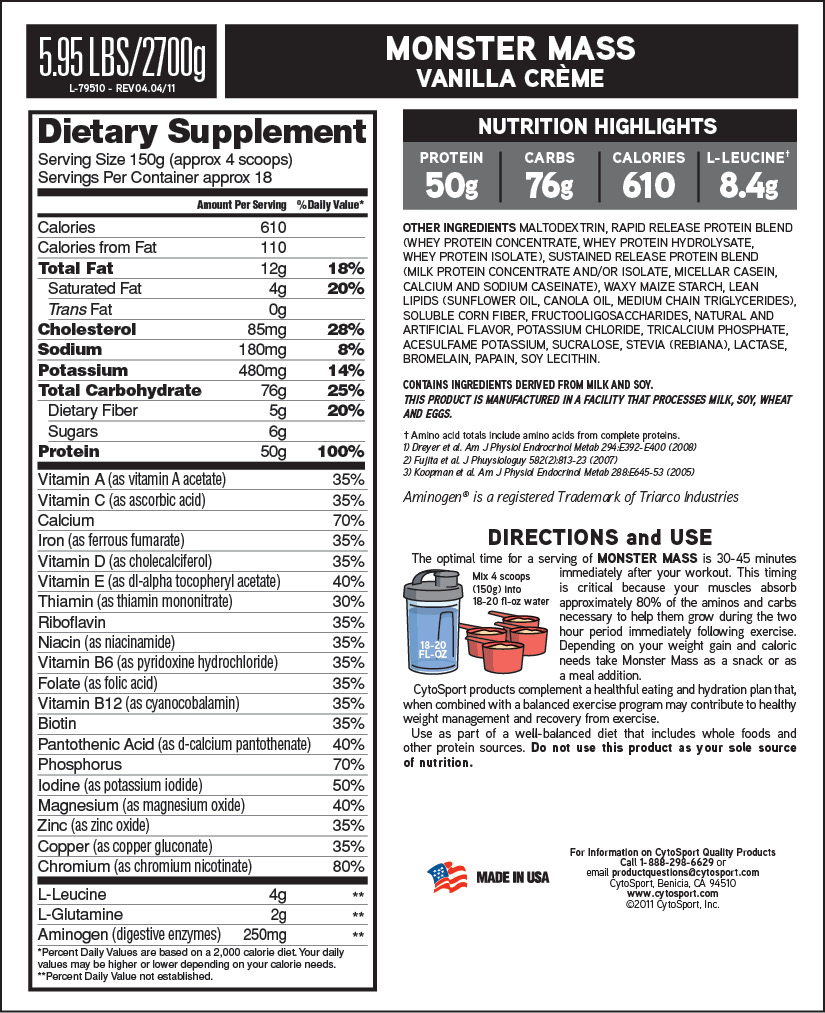What Is Delayed Onset Muscle Soreness (DOMS)?
 Okay so you’re wondering how and why you have such deep soreness 1-3 days after a monster workout. Well there is a genuine reason other than “I had the most intense workout ever”.
Okay so you’re wondering how and why you have such deep soreness 1-3 days after a monster workout. Well there is a genuine reason other than “I had the most intense workout ever”.
The actual pain of DOMS, or Delayed Onset Muscle Soreness, is caused by microscopic tears in the muscle fiber from extended intense heavy training or potential over-training. It’s as a result of overload, and or strenuous exercise that goes way beyond the intensity levels and duration that the body is normally accustomed to performing. It is also accompanied with a deep sensation of pain, tenderness in the particular area in question, deep ache and overall stiffness with no flexibility.
So let’s dig deeper into DOMS.
Causes of DOMS
The most reliable cause for Delayed Onset Muscle Soreness is from exercise related to activities like repetitive eccentric contractions of the muscle. An eccentric contraction occurs when the muscle is contracting and being lengthened by another force like weight lifting. This type of contracting at a high rate creates the recipe for microscopic tears, which is the basis for DOMS.
DOMS Initial Symptoms
DOMS usually begins several hours after the unaccustomed training session or exercise, the severity of Delayed Onset Muscle Soreness ranges from mild pain to deep stiffness that usually disappears rapidly through routine daily activities.
However on the deep stiffness side the pain can be a very severe debilitating pain that limits normal use of muscles and movement range, possibly even a rupturing tear to the muscle completely.
DOMS Timetables
The actual time for DOMS to hit typically occurs within the first 24 hours after exercise and gradually peaks by the 48 to 72 hour post exercise mark.
It starts to dissipate but does not fully subside until the 8-10 day mark at the worst case. The cause for Delayed Onset Muscle Soreness is from eccentric contractions and is most responsible for muscle soreness and exercise induced muscle tissue damage. Let’s expand on this a little more as it appears that unaccustomed eccentric exercise can result in temporary loss of exercised muscle range motion, intramuscular swelling and edema, increased levels of muscle proteins in the blood (commonly known as Creatine Kinase).
DOMS Theories
Now for the various theories behind what are the contributing factors for DOMS. This could be stimuli including chemical, thermal and mechanical means may produce pain associated with Delayed Onset muscle Soreness. Proposed chemical agents include protein enzyme products of muscle breakdown like creatine kinase, and metabolic waste products such as lactic acid. Also elevated pressure and mechanical distortion of the tissue, which accompanies edema, could also activate Delayed Onset Muscle Soreness.
Yet another theory is micro trauma structural damage to muscle fibers, which causes DOMS and is caused by the bodies’ inflammatory response to exercise and other variables.
Potential Treatments
There is some positive news from a treatment standpoint. Stretching between sets can lessen the actual microscopic tear. Another treatment is a foam roller that most gyms have for abdominal training, utilizing this device on the fatigued muscle almost as a deep tissue massage can be very useful.
Lastly a deep tissue massage from a certified massage therapist that has worked in the sports medicine field will know what methodology should be used to decrease the DOMS. But all of the above needs to be performed within the first few hours after the intensity training to decrease the initial onset.
Article Written By Mark Strother





